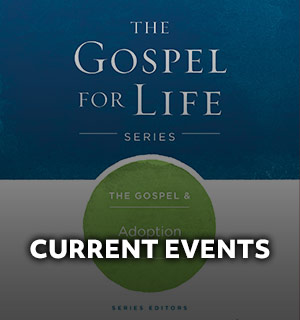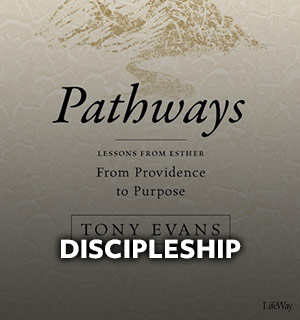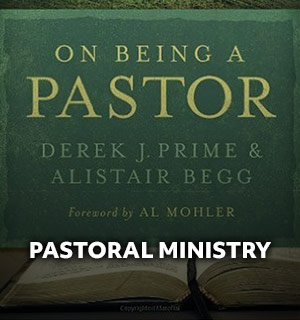
By Elaine Atchison
Serving on the ministry team of the church where I’ve been a member for 26 years has broadened my perspective about the importance of every one of us functioning rightly to serve and strengthen the church family.
Tim Keller put it like this, “The only workable dynamic for every-member ministry is Mark 10:45. Because Jesus served you in such a radical way, you have a joyful need to serve. It’s a form of praise that doesn’t fully enjoy what it admires until it expresses itself in service.” 1
Every church has a culture that goes with its size, and its ministry strategies will change with growth. A new church plant or an urban store-front church or a rural congregation can operate essentially as a close-knit small group in which everyone knows everyone else intimately.
Communication happens by word of mouth, and information moves quickly through the whole membership. As a church grows larger, deep face-to-face relationships can become impossible to maintain, but there is still the expectation that every member can know every other member. 2
A medium-sized church must begin to put more emphasis on small group ministry, inviting supported and supervised church members to help shepherd others. Caring for each other is still initiated “organically” with little need for direction from the pastor or staff.
Historically, age-graded Sunday School classes have been a natural context for member care. Our congregation did not have a permanent address for 13 years, so we formed community groups that met in homes across the city. Those weekly, intergenerational gatherings helped foster the ideal of neighborliness that becomes more challenging for large churches.
Thirteen more years have passed since our church was finally situated at a busy intersection straddling two counties. Today, we are considered a large church and a few long-time members occasionally express their discomfort over our continuing growth, complaining that the church has become “too big” or “impersonal.”
We gently remind them that more than ever, all of us are needed to fully participate and serve in congregational life and care.
1. Convey the guiding value of “every-member” ministry.
The Bible calls every member of the body of Christ to service (Galatians 5:13-14). Our New member class is used to help cast a vision for ministry from the pew rather than ministry of the few. The membership process includes a “ministry interest checklist” to help potential members begin to think about future service.
One question that helps us connect members with each other is, “Do you have a unique life experience that might enable you to come alongside a person experiencing something similar?”
2. Urge every person to engage in a small group.
Community Groups are still a trademark of our congregation, which means new host homes and leaders are always on our prayer list. We continue to observe the sense of belonging and fidelity cultivated by regularly meeting for table fellowship, spiritual discussion and prayer.
We encourage each small group to enlist a point person to help coordinate practical care for the group and communicate pastoral care needs to church leaders. Those supporting the leadership in this way will need training to help to develop best practices for ministering appropriately and powerfully.
3. Identify member “zones.”
Not everyone will be able to participate in a home fellowship or ongoing Bible study.
Recently, a long-time member shattered her knee and after surgery couldn’t bear weight on it. We sent out a “dear 37220 zip code” email, mobilizing members who were her physically near neighbors to help support the family members caring for her around the clock. People she had never met happily rose to the task and through a tough season, new relationships were forged.
With no direction from the staff, another community group organized visits, meals and transportation for a group member who suffered a stroke. Since this was a long-term endeavor, they asked for help enlisting others to pitch in from an “at large” congregational care list.
4. Develop servant teams.
The ministry of the elders provides oversight for the spiritual and directional health of our church. Several years ago, they identified the need to hire a full-time staff member to help the church family care for the church family.
Currently, we use the model of servant teams to do the work of the deacon. Deacon (diakonos) simply means “servant.” Acts 6:1-7 describes how deacons are called to a ministry of practical service that complements the ministry of the Word.
Servant teams carry out both short-term and ongoing needs like hospitality, finances, caring for the sick, missions, Sunday morning teams and building design. Servant team leaders are called and spiritually gifted welcomers, encouragers, helpers and intercessors who are chosen and equipped according to the changing and growing needs of the church.
5. Answer a key question.
Every now and then, a well-meaning person will call the office to assert that the church needs to help “so-and-so.” Who is the church? God calls us into the family of His people, and we have the privilege and obligation to love and serve them.
And we need them to do the same for us. There’s no shortage of opportunity—in fact, if our eyes are open to see it, there are people all around us who want and need our encouragement and help to know Christ and live for him.
When we look more closely, we’ll see our church for what it is: a place where God is still present in the midst of us, leading us to love and encourage each other through His Word.3
ELAINE ATCHISON is the congregational care director at Grace Community Church in Brentwood, Tennessee.








